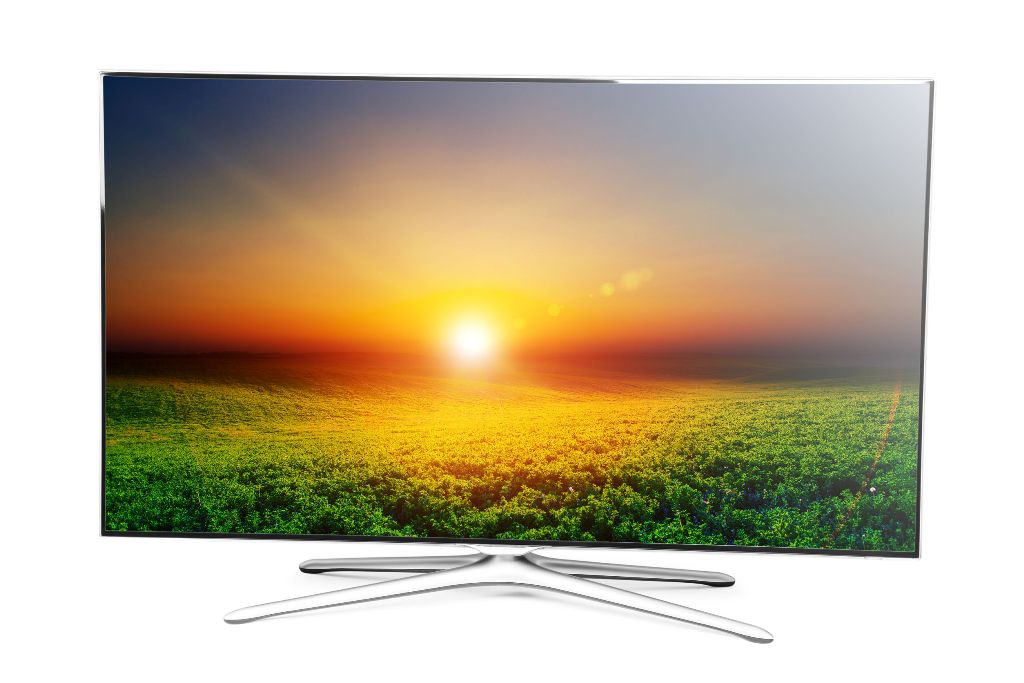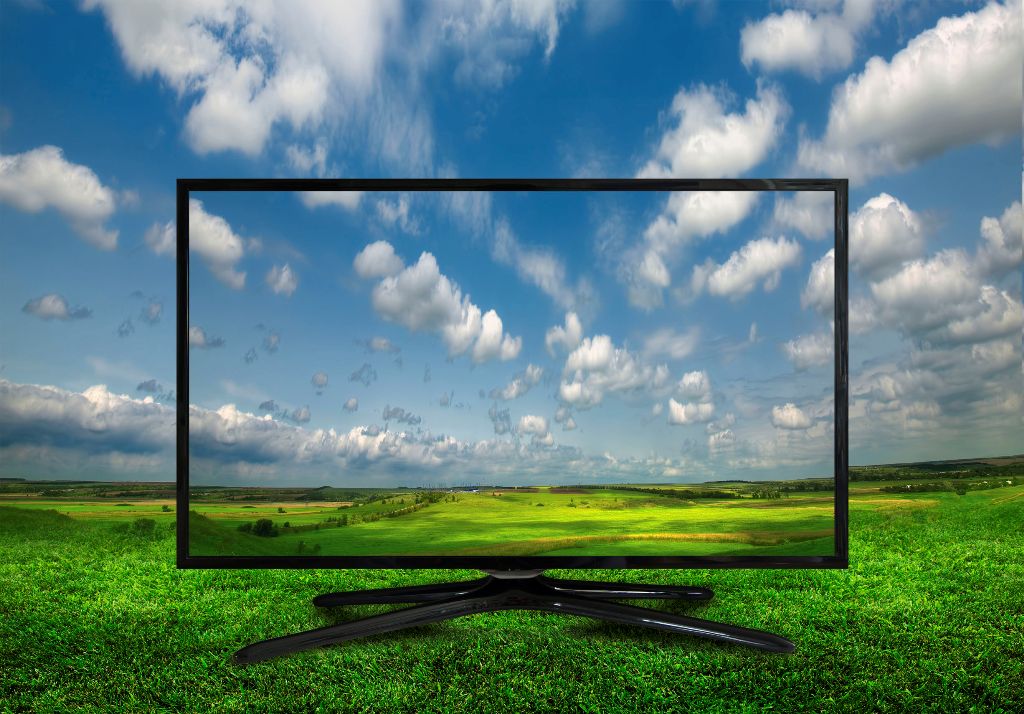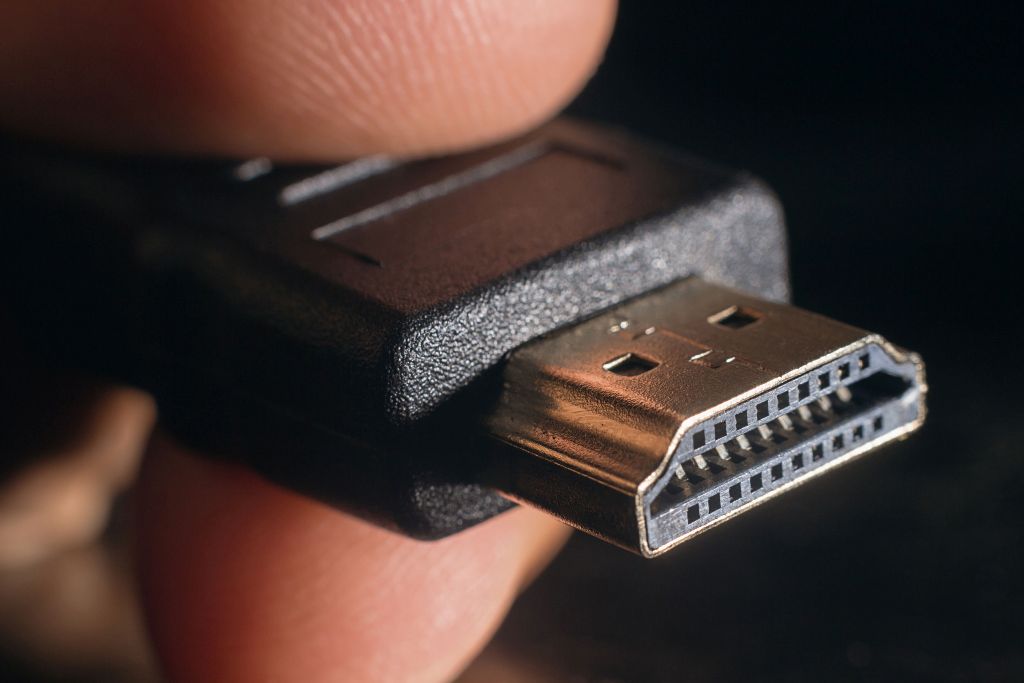What's Next For The Home Theater Industry?

Entertainment evolves continually, as does the equipment we use to experience it. As we head into spring, here’s a look at what’s next for the home theater industry, and how new technologies will make your entertainment experience even better.
4K Television
We are living in a new golden age of television. Many believe that’s because of the quality of the shows now being produced, like Breaking Bad, Mad Men and The Walking Dead. These shows are excellent, but significant improvements in technology are another reason this is a banner era for TV; the ability to watch a show in high definition, with true stereo sound, has redefined the home viewing experience.
Things are about to change again, in a big way, as 4K TV becomes a major force in the home theater industry. As the name suggests, this groundbreaking technology delivers four thousand pixels of horizontal resolution – nearly four times the pixels of a traditional HD television, considered equivalent to movie-screen quality. If you look out the window next to your television, that’s the same type of clarity available on a 4K TV.

A few prototype 4K televisions have been on the market since late 2012. However, they have been extremely expensive, and there have been few compatible content and device options for them. Now, 55 inch 4K TVs have dropped below the $2,500 level and prices will continue to fall. The electronics industry is also stepping up to provide a variety of devices which support the technology, including 4K-friendly Ultra High-Def Blu-ray and short-throw 4K video projectors. Netflix is even launching 4k streaming options.
HDMI 2.0
The performance of a modern entertainment system is only as good as the weakest link in the delivery system. Consider the requirements of a 4K television. To stream shows from Netflix at that resolution, you need a data flow of between 15,000 and 25,000 megabits per second. Analog and wireless transfer technology simply cannot provide this type of performance; the amount of data transfer required is even close to outpacing basic HDMI specifications as home theater technology improves. Fortunately, HDMI 2.0 is designed to address the solution.
HDMI 2.0 provides 6k of bandwidth transfer at rates of up to 60 frames per second. In English, this means 2.0 should be more than enough to handle the data requirements of 4K televisions and other data-heavy devices. LG, Sony, Panasonic and Samsung all incorporate HDMI 2.0 into their 2015 models, with other brands sure to follow in the near future. Anyone shopping for a new TV should be to choose a television which supports HDMI 2.0, or that television will quickly be a dinosaur.
USB Type-C Connectors
USB, USB 2.0, USB 3.0 – they all had one annoying thing in common. Users always had to spend time fiddling with the cable to make sure it was facing the right way in order to plug it in. It may be year or two before all new devices come with the new USB type-C connector that’s been designed by the USB 3.0 Promoter Group, but it will be worth the wait; these plugs are reversible, will be used at both ends of a cable, support vastly increased speed and power delivery – while the USB protocol itself won’t change. The new type-C connectors won’t be compatible with existing USB ports, so adapters and new cables with a legacy connector on one end and a type-C on the other will be the order of the day, until type-C becomes universal.




